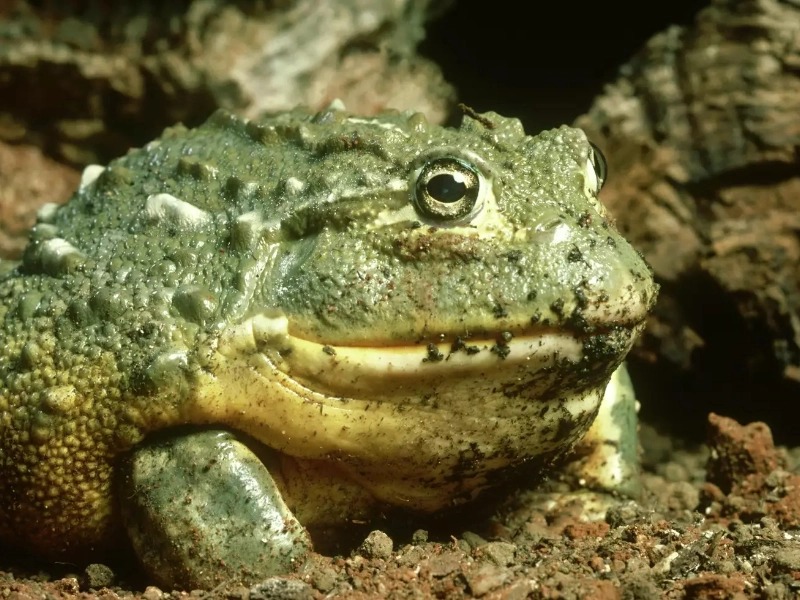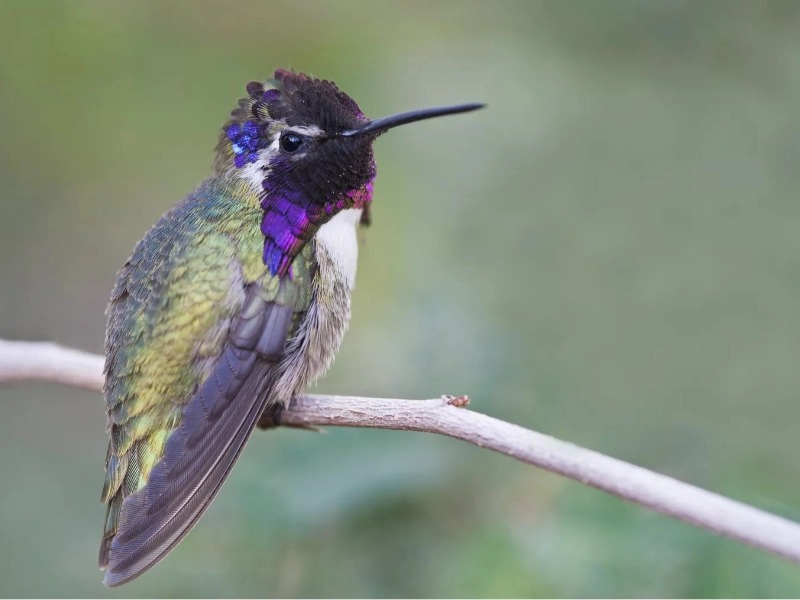
17 Animals Amazingly Adapted to Thrive in Deserts
By • Last Updated2. Costa’s Hummingbirs

Scientifically known as Calypte costae, the Costa’s hummingbird is a small yet remarkable bird, uniquely adapted to thrive in the challenging conditions of the southwestern United States and northwestern Mexico. Males are particularly striking, showcasing vibrant purple throat feathers that shimmer in the sunlight, making them well-known for their iridescent plumage. Beyond their eye-catching appearance, Costa’s hummingbirds exhibit fascinating behavioral and physiological adaptations that allow them to survive in hot, arid environments, especially during the scorching summer months.
One of the most notable adaptations is their migratory behavior. As summer temperatures rise, these birds relocate to cooler habitats, such as chaparral or scrub areas, where conditions are more favorable. This seasonal migration ensures access to essential food sources, primarily nectar from flowering plants, while helping them escape the intense heat. Their ability to adjust their habitat preferences based on seasonal changes is crucial for maintaining their energy levels and overall health.
In addition to migrating, Costa’s hummingbirds employ a unique physiological adaptation known as torpor. By significantly lowering their metabolic activity, they conserve energy during the hottest parts of the day or when nighttime temperatures drop sharply. During torpor, a Costa’s hummingbird’s heart rate can plummet from its usual 500 to 900 beats per minute to around 50 beats per minute. This remarkable reduction in heart rate enables them to endure periods of food scarcity or extreme temperatures.
Hydration is another vital aspect of the Costa’s hummingbird’s survival. The nectar they consume is rich in carbohydrates and provides most of the water they need. However, these birds are also opportunistic and will utilize available water sources as necessary. Their migratory patterns and ability to extract moisture from their food help them thrive in environments where water can be scarce.
Costa’s hummingbirds also display impressive feeding behavior. Their agility and exceptional flying skills allow them to access nectar from a wide variety of flowers. Their rapid wing beats enable them to hover while feeding, and their specialized long, slender bills are perfectly designed for extracting nectar. This feeding strategy not only supplies the energy required to support their fast metabolism but also plays a crucial role in pollinating many flowering plants, underscoring their ecological importance.
In summary, the Costa’s hummingbird is a remarkable example of avian adaptability. Its migratory patterns, ability to enter torpor, and specialized feeding techniques demonstrate how these small birds have evolved to flourish in demanding environments. As climate change continues to reshape ecosystems, understanding the adaptations of species like the Costa’s hummingbird will be essential for their conservation and the protection of the habitats they rely on.